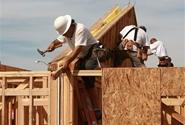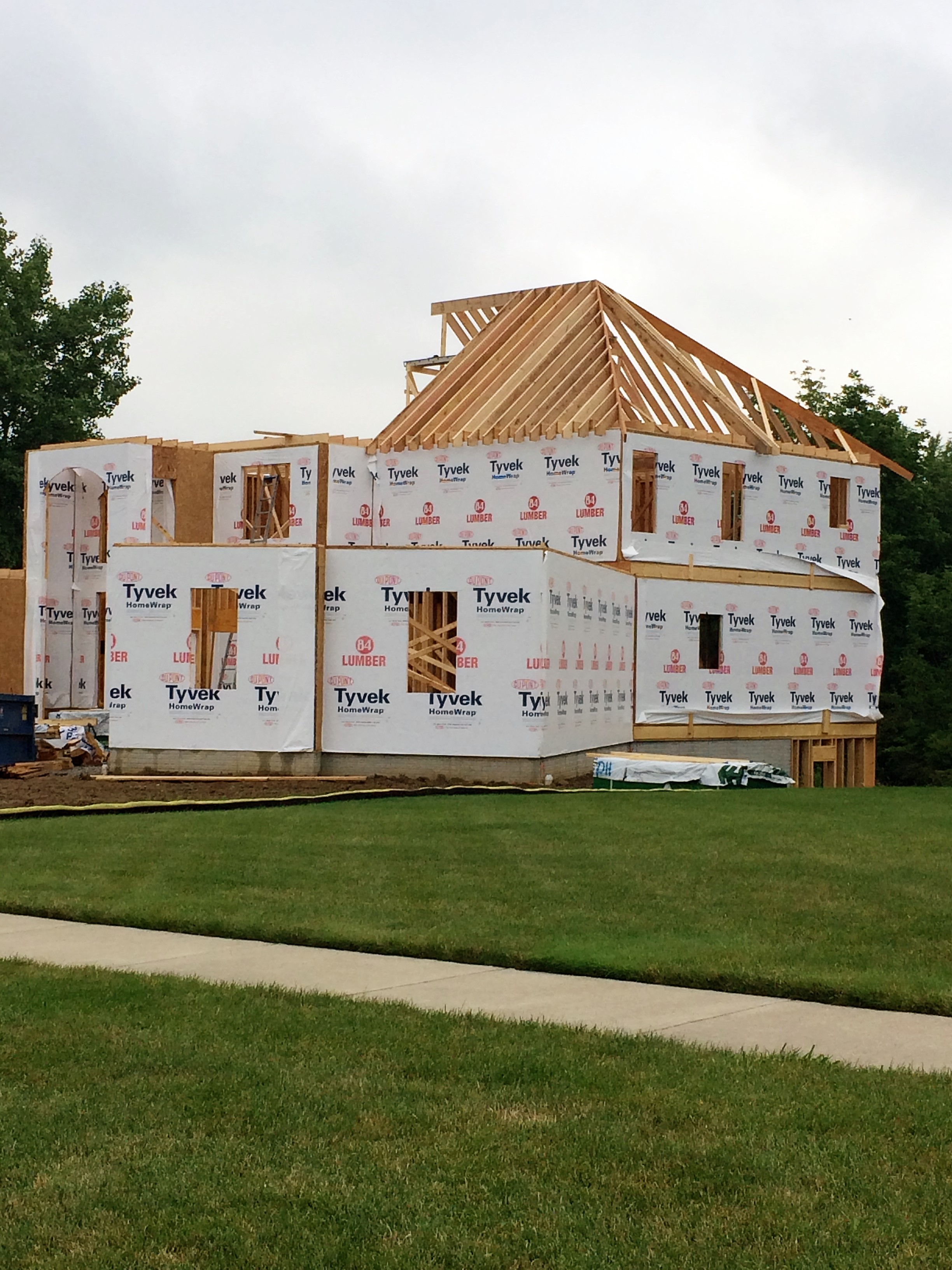Steel Markets

Housing Starts Drop 11% in October
Written by Sandy Williams
November 18, 2015
Housing starts fell to a seven month low in October to a seasonally adjusted annual rate of 1.06 million, 11 percent below September’s revised rate of 1.105 million, said the Commerce Department on Wednesday. Economists at Reuters, Bloomberg and Wall Street Journal all anticipated a rate of 1.16 million for the month.
Multi-family construction, including apartments and condos tumbled 25.1 percent. Single family starts fell 2.4 percent to 722,000 rate from Septembers revised rate with the greatest decrease in the South (-18.6 percent) followed by the West (-16.2 percent). Single family starts had moderate increases in the Northeast (+7.0 percent) and Midwest (+2.7 percent).

Building permits, an indicator of future construction, rose 4.1 percent to a SAAR of 1.15 million. Single family authorizations were up by 2.4 percent, and units of five or more increased by 8.3 percent.
Regionally, the Northeast, Midwest and South saw gains in permit authorization of 5.9 percent, 2.4 percent and 7.5 percent, respectively. Authorizations in the West fell 2.6 percent.
Commenting on the fall in housing starts, NAHB Chief Economist David Crowe said, “This month’s decline can be attributable to the volatile multifamily sector adjusting to trend after an unusually high September, as well as the storms and flooding affecting single-family production in the South. However, with permits ticking upward, we expect to see the housing market continue to grow at a modest pace.”
The fall in housing starts was viewed as an indicator by some economists that the housing industry is settling into a more sustainable pace. NAHB Chairman Tom Woods noted that starts have been “above the one million mark for seven straight months — the longest streak in almost seven years.”
Residential construction is still below prerecession levels but has been steadily rising. Current multifamily construction is at its highest level since 1986, and could be a contributor to the slump in starts in October.

Sandy Williams
Read more from Sandy WilliamsLatest in Steel Markets

CRU: Sheet import demand softens as domestic price gains have slowed
US domestic sheet price gains have begun to slow as previously pulled-forward demand has led to a decline in orders.

CMC looks beyond Arizona micro-mill woes to long-term viability of construction mart
Despite the economic and geopolitical upheaval of the last five years, CMC President and CEO Peter Matt points out that the construction market has been an essential element of the way forward.

US importers face stricter rules under revamped S232 tariffs
“CBP expects full compliance from the trade community for accurate reporting and payment of the additional duties. CBP will take enforcement action on non-compliance," the agency said in a March 7 bulletin.

Steel exports rebound in January
US steel exports recovered to a five-month high in January after having fallen to a two-year low in December. This growth follows four consecutive months of declining exports.

Construction spending drops marginally in January
Construction spending edged down slightly in January, slipping for the first time in four months. The US Census Bureau estimated spending at a seasonally adjusted annual rate of $2,196 billion in January, down 0.2% from December’s downward revised rate. The January figure is 3.3% higher than a year ago. January’s result, despite the slight erosion, […]
